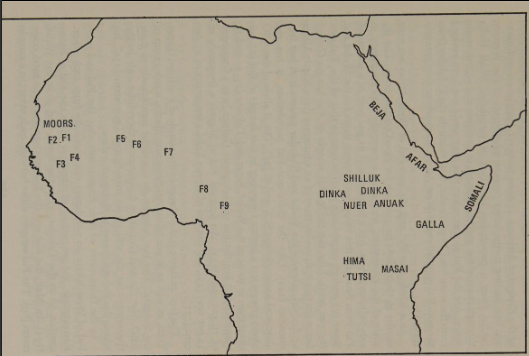A couple of years back footage of the unbelievably fast Indonesian footballer Terens Puhri went viral. Some of the footage is stupidly sped up, but you find unedited stuff here and he is still freakiskly quick.
By descent Puhri is a Papuan. He's not just remarkable in his raw speed, but in the sheer number of steps he takes per second which seems to have no comparison even in elite black athletes. The only other person I've seen who moves like that is Patty Mills
Mills' mother is aboriginal Australian, his father a Torres Islander (ultimately Papuan). As far I know the greatly superior speed of indigenous Australians/Papuans is not widely appreciated but they may be faster even than West Africans and in a totally novel fashion.
The fastest 100m time from a non-African is Christophe Lemaitre's 9.92. Second is the half-Aboriginal Patrick Johnson's 9.93. That's not bad considering there are 1,000 white people in the world for every one aboriginal.
• • •
Missing some Tweet in this thread? You can try to
force a refresh

























